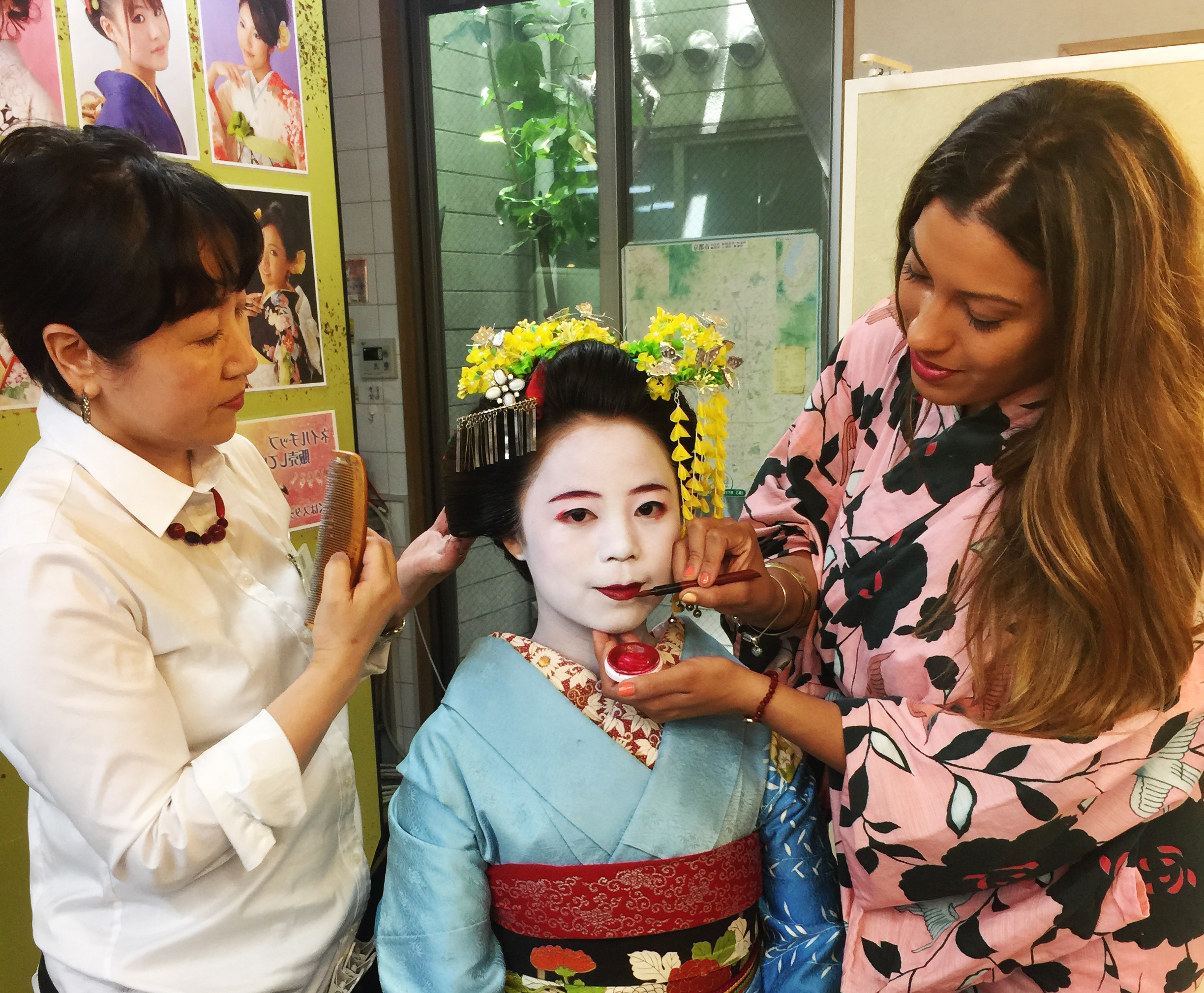
At the top of 2015, I felt a particular pang of wanderlust. What’s new, you ask? Good point. This time, I yearned to discover an unknown territory with rich beauty traditions that dated back centuries. And in doing my research, I couldn’t think of a better destination than Japan. Cities sprawling with hot springs, a mystical geisha culture, artisanal beauty products handcrafted by locals. The Asian archipelago boasts endless beauty discoveries to satisfy my longing for a meaningful journey. So, I whizzed through Japan (by way of the country’s speedy Shinkansen—also known as the bullet train) for the beauty adventure of my dreams. If a trip to Japan is on your bucket list (as it should be!), consider this a travel guide for the must-see attractions for the beauty-obsessed.
KNOW BEFORE YOU GO:
- If you’ve ever come across snaps of cherry blossom trees on Instagram or Pinterest, trust us, the blooms are even more beautiful in person. Head to Kyoto during April/May when sakura season is in full effect.
- The easiest way to get from Kyoto to Tokyo is to book a bullet train. (Approximate duration: 2.5 hours)
- Stay at a ryokan, a traditional Japanese inn designed for travelers. (More on that later.) You won’t regret it.
- Tipping for food and beauty services is not required throughout Japan.
- If you’ll need to withdraw cash, do so in Tokyo. It can be tricky to find ATMs in Kyoto.
- Slightly bowing your head when saying “thank you,” and “hello,” is a common gesture of respect.
STAY
Tazuru; 075-341-3376; ($)
I found comfort at Tazaru, a ryokan overlooking the breathtaking Kamo river. At Tazaru and most ryokans, guests will experience traditional Japanese culture and customs. Tatamis (straw mats) and floor mattresses add to the ryokan’s minimalistic approach to decor, meanwhile, onsens (hot spring baths) in the penthouse offer a bird’s-eye-view of Kyoto. Paying a visit to an onsen is a must in Japan as the baths have been a staple in Japanese culture for centuries for their health benefits (hot springs are said to have a host of healing properties and stimulate blood flow to relieve tension). FYI: It’s custom for women to dip in the baths in the nude. Don’t be shy, it’s a no-judgement zone! But perhaps avoid looking down—the Japanese approach to bikini grooming (or lack thereof), might surprise you.
EAT
Gion Hatanaka; 0120-041814; ($$$)
Get a taste of the old world with a private geisha performance paired with a dinner menu that dates back to the Heian period of Japan at Gion Hatanaka. Marvel at the geisha’s entertaining performances as you eat and drink—you may even find yourself playing drinking games with them after a few rounds!
Chabana; 81-75-361-7138; ($$)
If you’d prefer to ease yourself into Japan’s rich culture, this Japanese-American fusion spot is a go-to. Photos of Audrey Hepburn line the walls and classic American rock music blares through the speakers. As for the cuisine, try a Japanese pancake—in fact, order two. Unlike the sweet cakes drenched in syrup that you’re used to, savory Japanese pancakes are made of eggs and cabbage, and any veggies or meats you’d like can be added to the mix. The batter is then poured onto a hot plate and served once cooked. Be sure to wash it down with a glass of traditional Japanese Sapporo beer.
Ice Cream Street Vendors; located throughout Japan; ($)
By now you likely know the many health benefits of a cup of green tea. The naturally caffeinated beverage is full of antioxidants and has wonderful detoxifying properties. Well, matcha is a strain of green tea that is ground and in Japan, it’s a common ice cream flavor. Chock-full of antioxidants, matcha works to fight free radicals, and repair sun damage from the inside, out. I’m no doctor but any excuse to eat more ice cream is always a plus in my book!
[Editor’s Note: Should you plan to stay at a ryokan, breakfast and dinner are typically complimentary. No, not your average continental breakfast of cereal and toast at stateside hotels. I’m talking nine-course meals that are more like artwork than anything edible. With dishes so colorful and meticulously garnished, your inner food blogger is bound to have a ball!]
PLAY
Yumeyakata; 075-354-8515; ($$)
Become a geisha for a day! Head to Yumeyakata for a maiko makeover (in Kyoto, geishas are referred to as maikos). You’ll start with full hair and makeup styling by a talented team of retired maikos, then, you’re off to pick out a stylish kimono of your choice. Finally, flaunt your new look around town. A Yumeyakata maiko will escort you throughout Gion and Kyoto landmarks in full kimono style. For an additional fee, you can also hire a professional photographer to capture your own geisha memoirs on camera. You’ll receive a CD with all of your images by the end of the day.
Shunkoin; 81.75.462.5488; ($$)
No matter how jam-packed your schedule is, make it a point to visit a local Buddhist temple like Shunkoin temple in Kyoto to tap into your inner zen. Because beauty starts from within, right? Book a 60-minute silent meditation led by an English-speaking guide. Shunkoin offers daily Zen session from 9 AM-10:30 AM, and 10:40 AM-12:10 PM.
Gion; 81-75-561-0069; ($$$)
Sado (a traditional tea ceremony), represents the zen philosophy that echoes throughout Japan. Tea in Japanese culture, symbolizes harmony, respect, purity, and tranquility and is believed to have magical healing powers. During the ceremony, which is usually held in a century-old meiko house, a geisha will perform a routine that depicts how matcha has been used for thousands of years for its healing properties.
Kabukiza Theatre; 81-(0)3-3545-6800; ($$)
If you’re a theatre buff, you’ll want to pencil in a Kabuki show in Tokyo. Kabuki combines motion, music, and action in a thrilling live performance. (Our favorite part is the way makeup artists bring the characters to life with vibrant pigments.)
SHOP
Kabuki Beauty Shops; Kabukiza Theater district; ($)
Across the street from the Kabukiza Theater are tons of kabuki makeup finds. I picked up a Shiseido red pigment bar that can be used as lipstick and/or blush.
Yojiya; yojiya.co.jp for locations; ($$)
Founded in 1904 in Kyoto, Yojiya is now a cult-favorite beauty brand and can be found throughout Japan. The brand stays true to Japanese culture by purposefully incorporating authentic Japanese ingredients like gold leaf and rice into each of its products. If you’ve got oily skin, pick up a pack of the oil-blotting papers. Your t-zone will appreciate it.
Boxwood Hair Brushes; local beauty supply shops throughout Japan; ($$$)
These hair brushes have been loved by Japanese women for centuries. Made by skilled artisans, the brush bristles are made of tsuge (boxwood) to offer your strands a frizz-free finish and a natural gloss. Just what Japanese women are known for.
Bonus!
Some of the souvenirs that I picked up along the way, are tips and tricks that didn’t require making space for in my luggage. See below for the ingredients native to Japan that I’m now incorporating into my beauty routine—some can even be purchased at your nearest drugstore, grocery store, or health food shop.
Camellia Oil
Also known as kazurasei, camellia oil
is a Japanese hair care staple known to promote hair growth and prevent grays. Famous poets even sang about Goo island, a destination full of camellia flowers on the west end of Japan, and maikos prep their skin with the miracle oil before applying their performance makeup. It can also be used as sunblock and to control shine.
Konjac
This facial cleansing sponge made of natural vegetable fiber, is so good it’s already become wildly popular in the States. Swap your synthetic-material loofah for this gentle scrub for soft, silky skin. Just soak the hard-as-a-rock sponge in warm water to soften it, apply your favorite facial cleanser, and gently rub in circular motions to sweep dirt and makeup away. Out of cleanser? No worries. The best part about the konjac is that you can just add water as the sponge itself contains anti microbial properties that can cleanse your skin solo!
Kyobeni
Kyobeni, shortened to “beni,” is a pure red pigment cultivated from safflower. When mixed with water, beni turns into a vibrant red pigment used as rouge for lips and cheeks during traditional shiromuku weddings. Brides also use their middle finger to apply beni onto the outer corners of their eyes, nails, and at the center of their lips.
All set! Now that your itinerary has been planned, book that flight to Japan, stat!
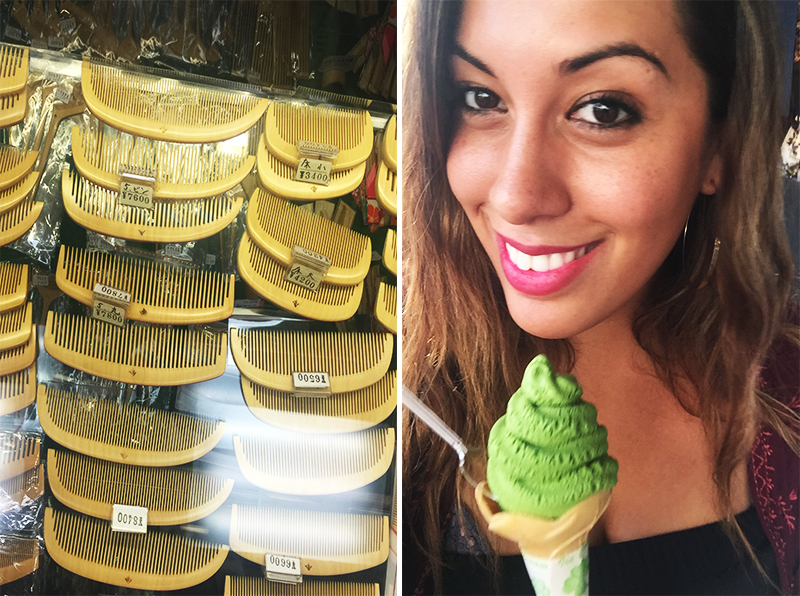
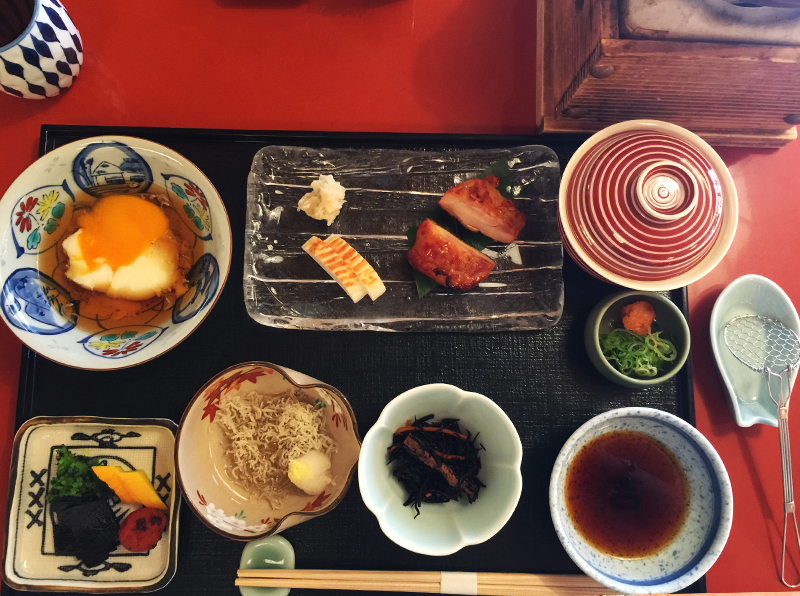
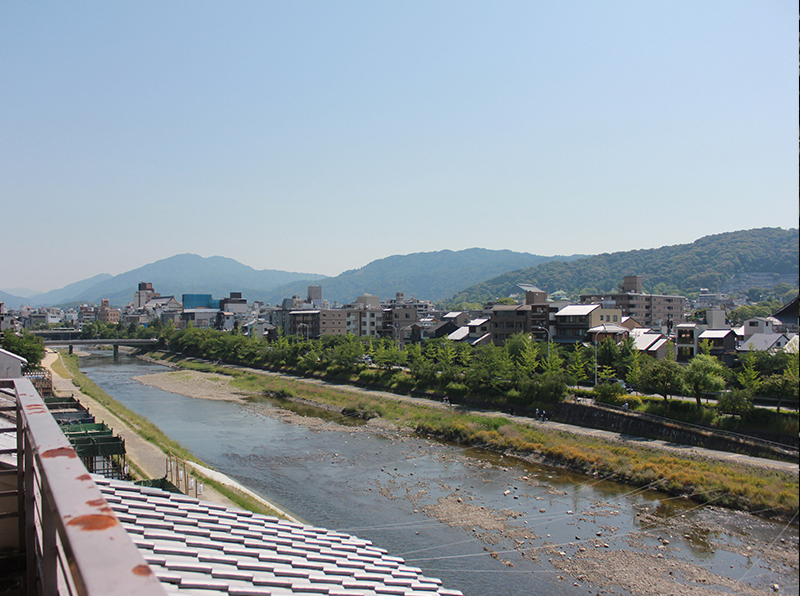

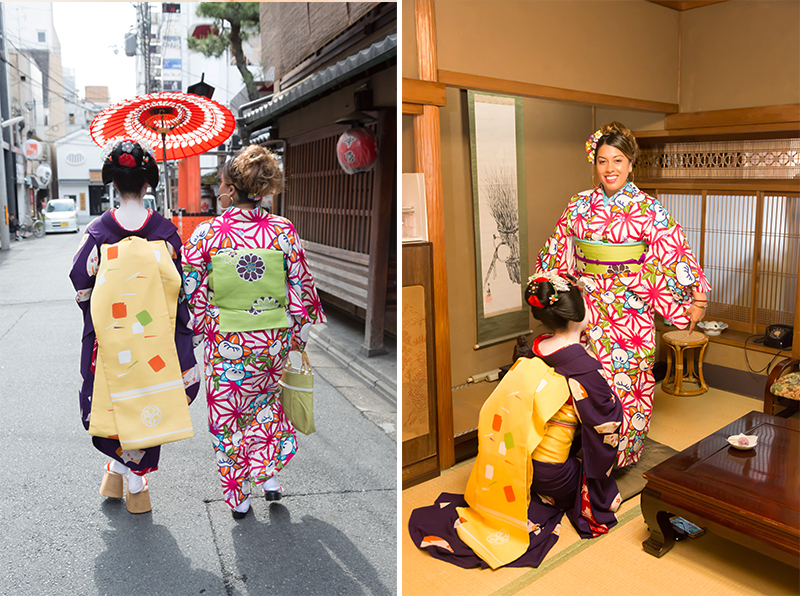
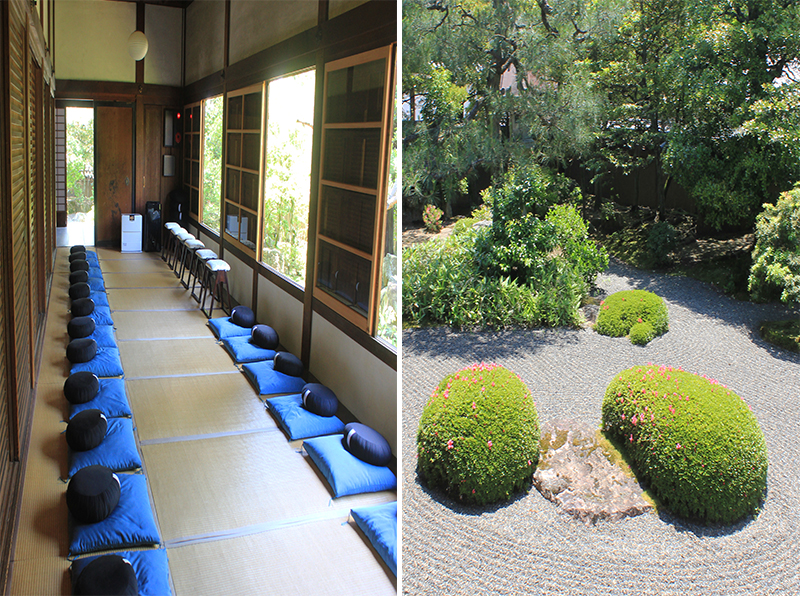

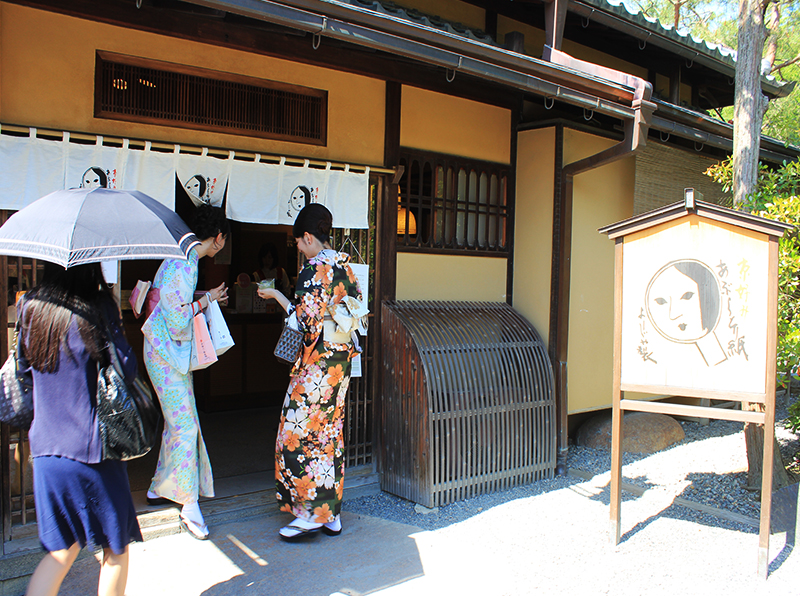








Rachel
Posted at 00:20h, 12 AprilThis is beautiful! Japan is a top spot for me! And ur travel tips and advice is what I needed to hear! Perfect insight
Katherine Bolanos
Posted at 02:47h, 20 MarchI have friends in Japan and they always tell me how much I will love it there. There is so much culture out there to learn and experience. What a great post!!
How Tatcha Keeps Geisha Traditions Alive - Around The World Beauty
Posted at 21:21h, 30 June[…] experiencing the geisha life at Yumeyakata on our Japan Beauty Tour, we were immediately mesmerized. It was then when we realized how important geisha culture and […]